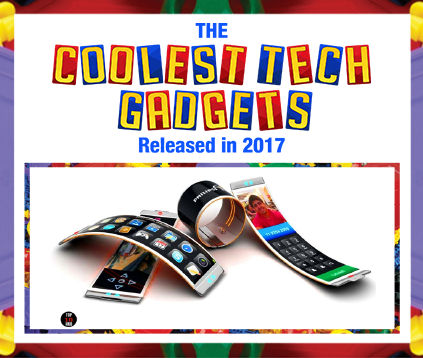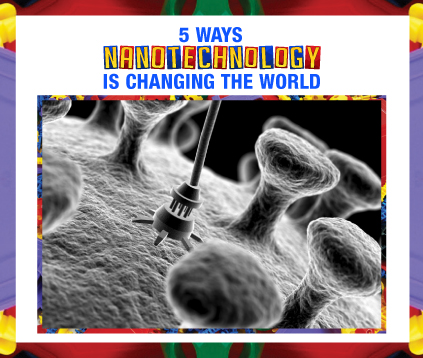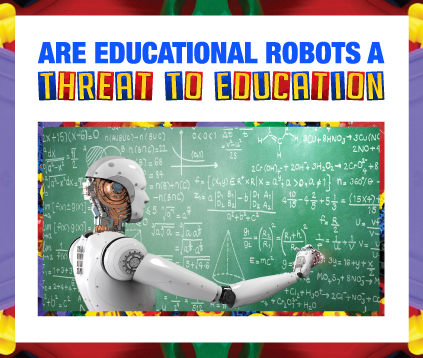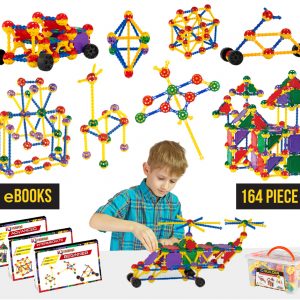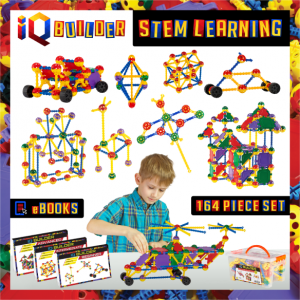
The Robots are Coming

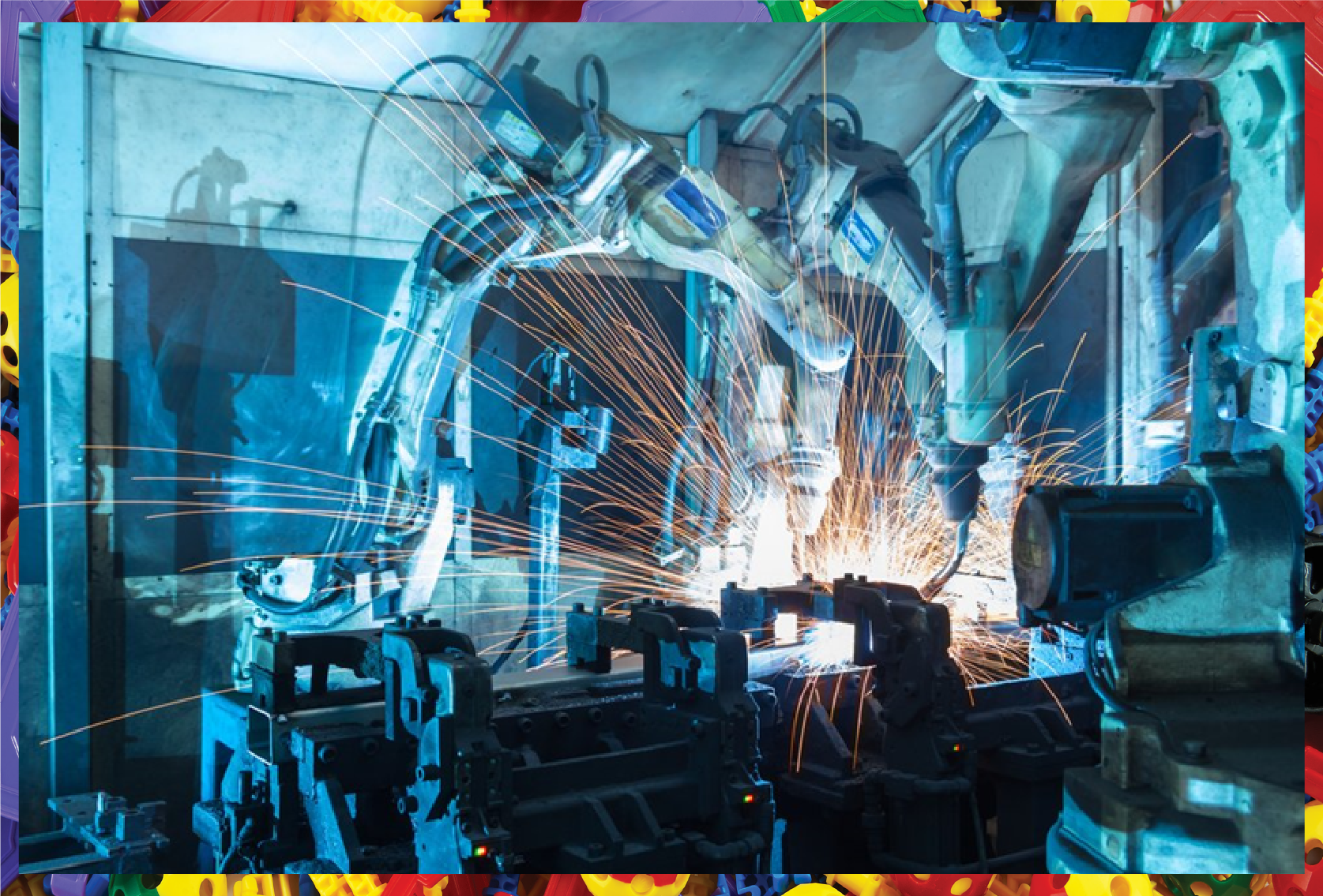
Robots in Healthcare
Robotics performing surgeries are transforming the medical field because they allow surgeons to enhance their expertise. These surgical robots, such as the daVinci Surgical System, facilitate the procedure through instructions from the surgeons who make use of a computerized console to use tools attached to the arms of the robots. Advances in this field have allowed surgeons to perform surgeries like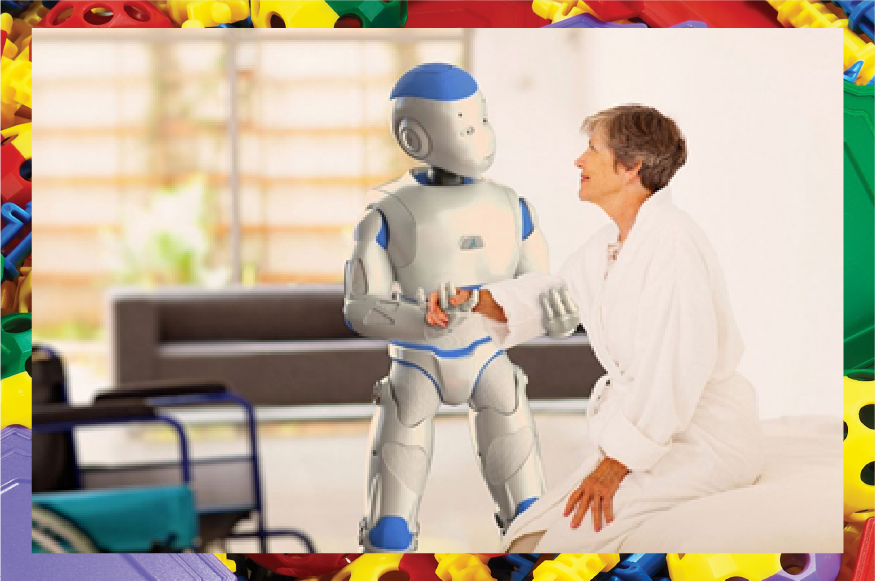
HOUSEKEEPING ROBOTS
Housekeeping robots are becoming increasingly common in both homes and workplaces. An example of a household robot is the Mint Automatic floor cleaner, manufactured by iRobot. These cleaners use sensors to pilot through the room, sweeping floors while avoiding the walls, carpet and furniture. By reducing human effort and allowing simple tasks to be done quickly and efficiently, these robots are transforming the way we make use of our time.
Relaxation Robot
The relaxation robot by WheeMe that is the world’s first body messaging machine available in the market. Compact and lightweight, this robot can be easily held in your palm and used to massage body parts. This handy robot weighs only 240g and is a brilliant device for therapeutic treatment.Car Production
The automobile industry is making use of robotics to manufacture cars, saving the automakers production costs and time. These are equipped with wheels, sensors, mechanical arms and tools to enable them to work in assembly lines. The process of car manufacturing is now safer due to the use of robot workers that perform challenging and complex tasks at a pace humans can’t. These tasks range from simple work like installation and painting to more difficult activities like welding and assembling.Other Uses of Robots
Automation has transformed the existing labor trends, with humans being replaced by robots in various domains. They are seen executing surveillance activities, serving as lifeguards, acting as spies, cleaning our streets and operating home appliances. According to Allied Marketing Research, the robotics technology
market will reach an astounding $82.7 billion by 2020. Robotics is expected to make breakthrough progress in the future with inventions like smart-cars driven by chauffeur robots, robots that will serve you fries and nurse bots in hospitals.
References
https://ifr.org/ifr-press-releases/news/world-robotics-report-2016
http://www.webdesignschoolsguide.com/library/10-things-we-couldnt-do-without-robots.html
https://www.bustle.com/p/12-ways-robots-may-change-our-lives-in-the-very-near-future-63869
http://www.constructionworld.org/wp-content/uploads/2017/02/shutterstock_279918557.jpg
https://cdn-images-1.medium.com/max/1200/0*yOkjAS96MhX4nSHS.jpg
https://images-na.ssl-images-amazon.com/images/I/41BzDiSIwsL._SY355_.jpg
http://medicalfuturist.com/wp-content/uploads/2015/10/medical_robotic_technologies.jpg
TECHNOLOGY – Is Artificial Intelligence the Beginning of the End


WHAT IS AI?
The general perception of artificial intelligence is of robots with human-like attributes, but in fact, AI is not limited to robotics. Although its definition is not always agreed upon, AI performs the tasks a human being would use brain power or intelligence to accomplish. The technology uses search algorithms and
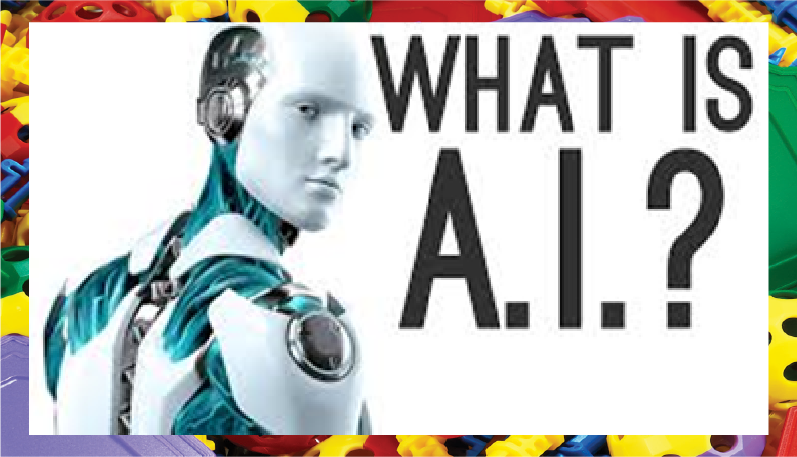
concepts to accomplish tasks like planning, learning, reasoning and problem solving.It also, to a certain extent, performs feats of perception, motion, manipulation and even creativity. AI could include anything from facial recognition and recommending a movie to detecting fraud and conducting internet searches. It has stretched to different fields including education, where STEM apps such as Thinkster Math and Mika amongst others are imparting core engineering and mathematics concepts to students in classrooms.
HOW ARE WE CURRENTLY USING AI?
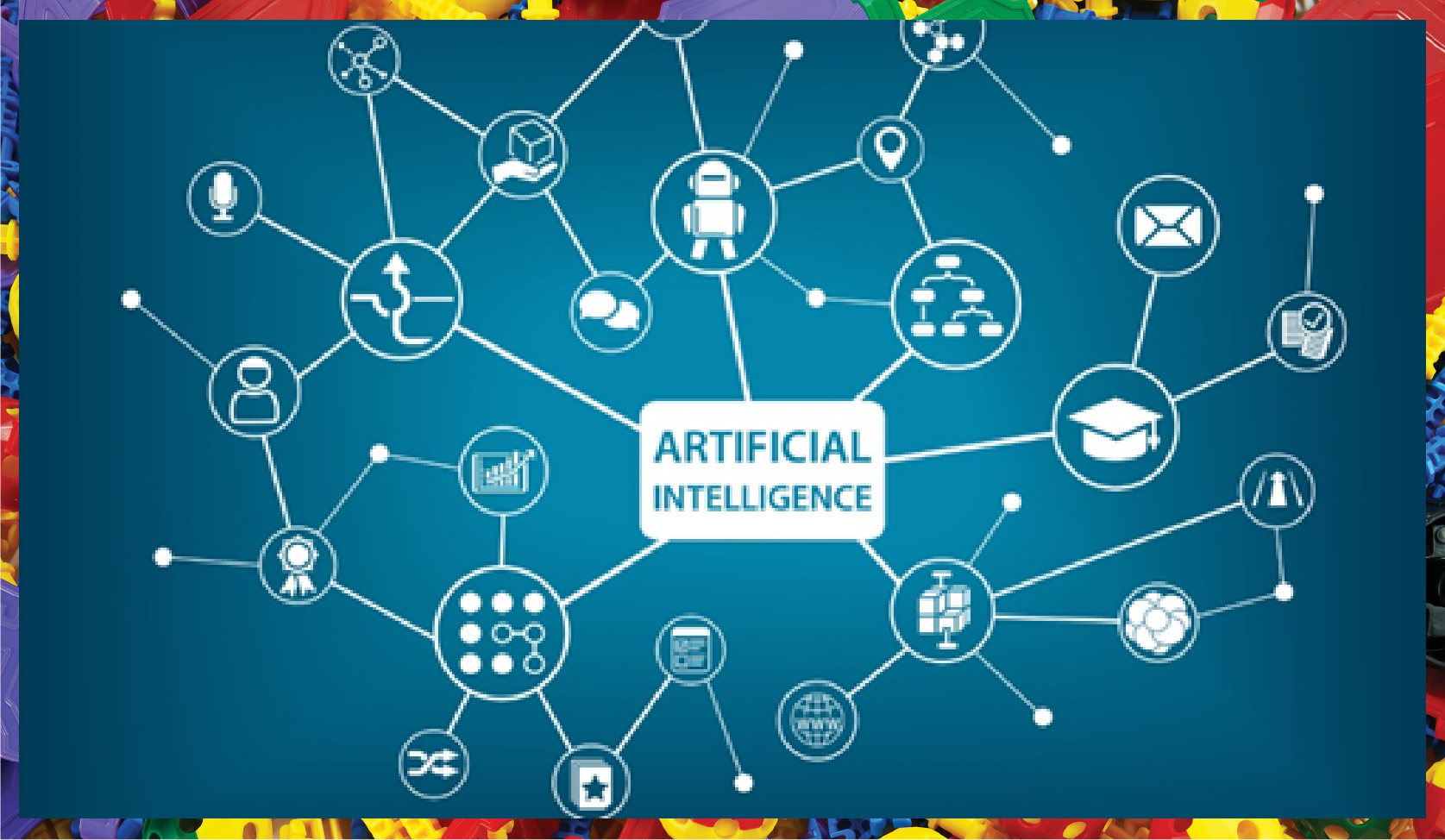
Virtual Personal Assistants
Digital personal assistants like Siri, Alexa and Cortana provide a convenient way to find information and manage your daily activities. AI in such apps is significant as it gathers necessary details on your request, provides you with customized results and helps track vital information. Virtual personal assistants are effective in anticipating the user’s needs and can process a large amount of data from multiple sources.
Smart Cars
Smart cars are another example of AI, providing features like autonomous attributes and self-driving functionality for the motorists. Tesla’s ‘autopilot’ function and Google’s self-driving car project make use of this technology to allow vehicles to drive like human beings.
Purchase Prediction
Companies like Amazon and Target have embraced AI to predict customer requirements and enhance the buying experience through useful insights into user preferences. Predictive algorithms can help Amazon ship products to customers before they even ask for them, based on anticipated need.
Generating News
News organizations and aggregators such as Reuters, AP, Yahoo and Fox use AI programs to create news stories related to fantasy sports, game recaps and finance. Industries like real-estate and e-commerce are also amongst the ones benefitting from the technology.
Other uses of AI include online customer support, interactive video games, smart home devices, security systems and music recommendation. According to CMO, the next big marketing trends for the corporate world include consumer personalization (29%), AI (26%), and voice search (21.23%) for 2018 establishing AI as a permanent and prominent phenomenon.
SHOULD WE BE AFRAID OF ARTIFICIAL INTELLIGENCE?

References
https://futureoflife.org/background/benefits-risks-of-artificial-intelligence/
https://beebom.com/examples-of-artificial-intelligence/
http://www.thetechedvocate.org/5-examples-artificial-intelligence-classroom/
https://futureoflife.org/wp-content/uploads/2015/11/artificial_intelligence_benefits_risk.jpg
https://i.ytimg.com/vi/kWmX3pd1f10/maxresdefault.jpg
http://www.gettingsmart.com/wp-content/uploads/2017/09/artificial-intelligence-education.jpg
https://cdn-images-1.medium.com/max/1552/1*D-EtS1P0Vx4ByXwGwg2foA.jpeg
TECHNOLOGY – COOLEST TECH GADGETS
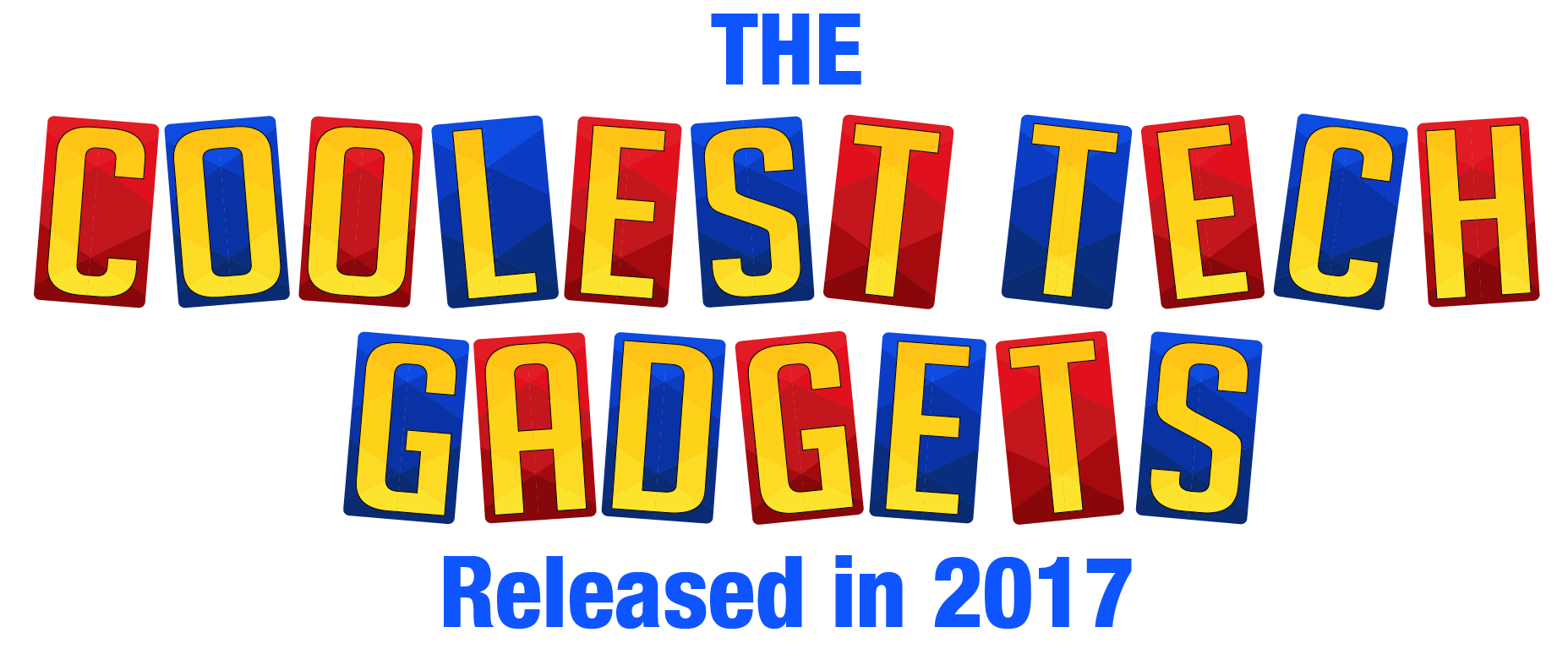
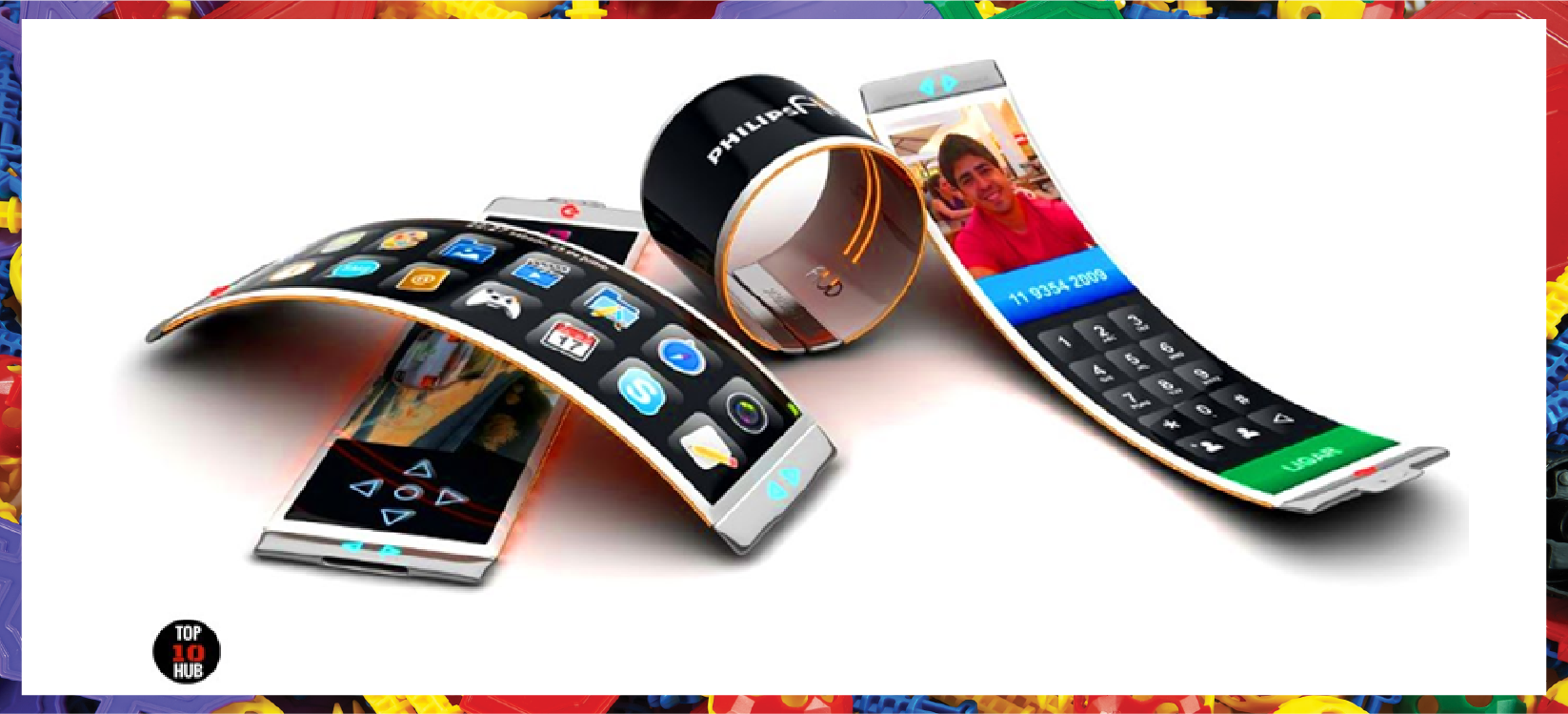
Ever wondered what it would be like to fly a fighter plane? With virtual reality headsets, you could do that while sitting at home! The growing habit of using high-tech gadgets as part of our everyday routine for personal and professional convenience reflects how vital they have become to our existence. There were some noticeable trends in modern gadgets launched in 2017, with artificial intelligence taking over the tech scene by storm. Smartphones became more versatile than ever while wearable tech became the must-have fitness tool. Last year saw the advent of some of the most exciting tech ever crafted. From Samsung’s Galaxy S8 to the DJI Spark to Nintendo Switch, these gadgets are sure to blow your mind!

Samsung Galaxy S8
Launched in March, the Samsung Galaxy S8 wowed the world with innovations like Force Touch, infinity display, fast face scanning and Bixby, the virtual assistant. It also includes support for DEX, which can be used for a PC-like smartphone desktop experience. The smartphone features a dual-pixel camera with the fastest autofocus yet and costs $400.
Lowepro Urbex Backpack
This could be the perfect backpack for the digital era. The Urbex backpack hit the markets in September last year and boasts zippered pouches to hold tablets and thin laptops. They also come equipped with a smaller gear bag and provide a large storage area for keeping small accessories, batteries, drives and cords. A handy accessory to keep your tech safe and accessible.
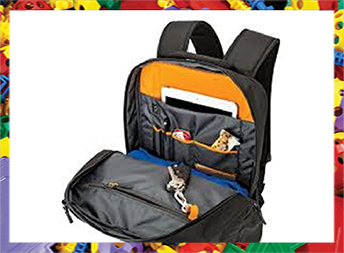
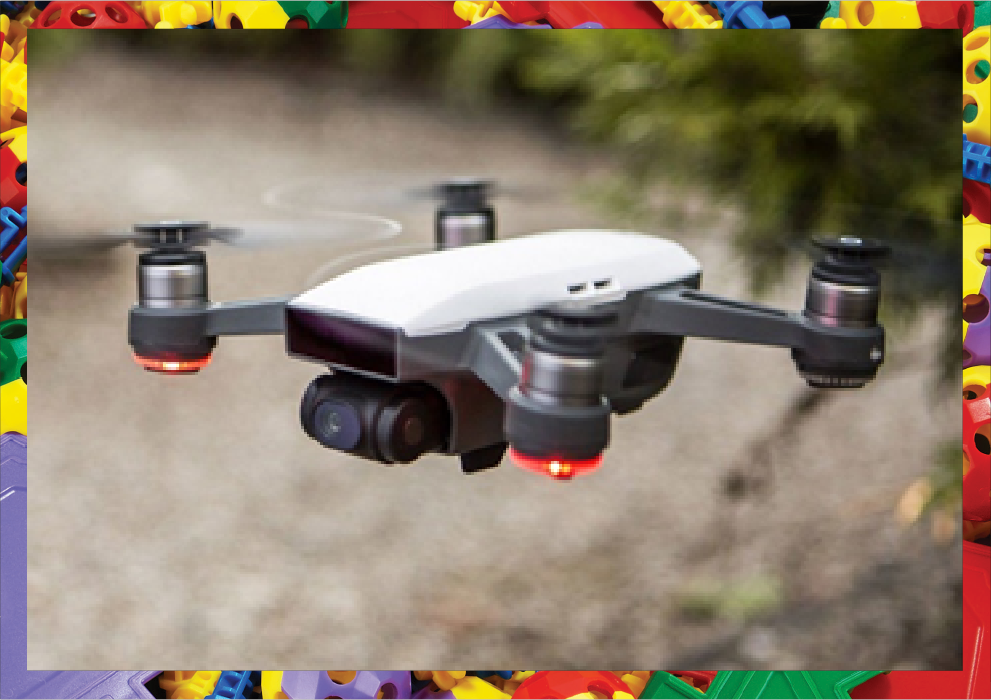
DJI Spark
With its compact size and multiple features, the DJI Spark is an intriguing quadcopter that reminds you of spy drones. With a built-in camera and fly functionality, this tiny drone was launched in January last year and is definitely not to be missed. You can use the drone to capture stunning aerial shots using hand gestures and create customized aerial videos with a few taps.
Nintendo Switch
Heralded as possibly the best gaming console of the year, Nintendo came up with this powerful gaming equipment in March. The Nintendo Switch features portability, extended battery life and ergonomic gaming. It includes a pair of detachable Joy-Con controllers which can be used independently or combined for a great gaming experience.

Google Pixelbook
The Google Pixelbook is a stylish laptop with a two-tone glass and aluminum finish. Featuring added balance and a slimmer look, it comes with a pen so you can write, doodle or scribble while at the school or office. Launched in October, the Pixelbook offers a great writing platform for readers and writers alike.
DreamScreen
If you’re looking for a backlighting system for your TV, then the DreamScreen will be your new favorite gadget. Released in April, the immersive LED-equipped lighting system with its dynamic sticky lights, a user-friendly app and connecting cables, this makes gaming and watching movies a vibrant and captivating experience.

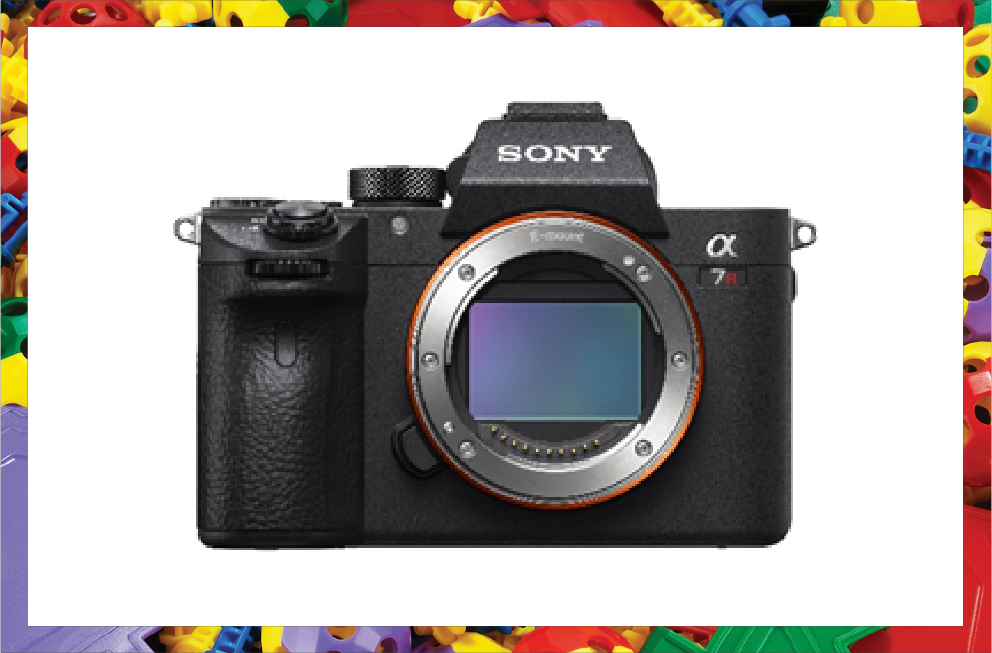
Sony A7R III
The Sony A7R III is a powerful camera with a jaw-dropping 42.2-Megapixel sensor and a brand new super-quick autofocus system. Compared to A9’s $4,500, this recent camera by Sony released in November, is priced at $1300 and can take shots at 10 frames per second.
Halo Carbon Fiber Board
If you love motorized longboards, then try the Halo Carbon Fiber Board, which gives the word ‘skateboards’ a whole new meaning. Costing $1300 and weighing about 14 pounds, this powerful electric skateboard was released in May last year. Skateboard enthusiasts will love this for its range and control.
These prominent gadgets from 2017 have been trending as examples of innovation in science and technology. From sports and

entertainment to travel and photography, these devices are transforming our lifestyle.

WHAT’S NEXT FOR TECH?
So far, 2018 has also witnessed some remarkable tech gadget launches, with more on the horizon. Some cool gadgets to look forward to this year include the ZeTime Hybrid Smartwatches by MyKronoz, Nutale Live GPS tracker, the Apple Homepod and Samsung CJ791 curved QLED monitor.
Elon Musk, CEO of Tesla says, ‘I’m interested in things that change the world or that affect the future and wondrous, new technology where you see it, and you’re like, ‘Wow, how did that even happen? How is that possible?’ Good questions to ask when you’re flying across the virtual sky in your fighter plane or zooming around the city in an electronic skateboard.
References
https://www.theguardian.com/technology/2011/oct/06/steve-jobs-quotes
https://i.ytimg.com/vi/87YyW9bW_IE/maxresdefault.jpg
https://static2.playtech.ro/wp-content/uploads/2016/12/Samsung.jpg
https://media.wired.com/photos/5a3b0971eb4788232f94236e/master/w_2400,c_limit/nintendo-TA.jpg
https://www.dreamscreentv.com/wp-content/uploads/2017/08/hd-backlighting-kit-1.jpg
5 Nanotechnology Inventions Changing the World

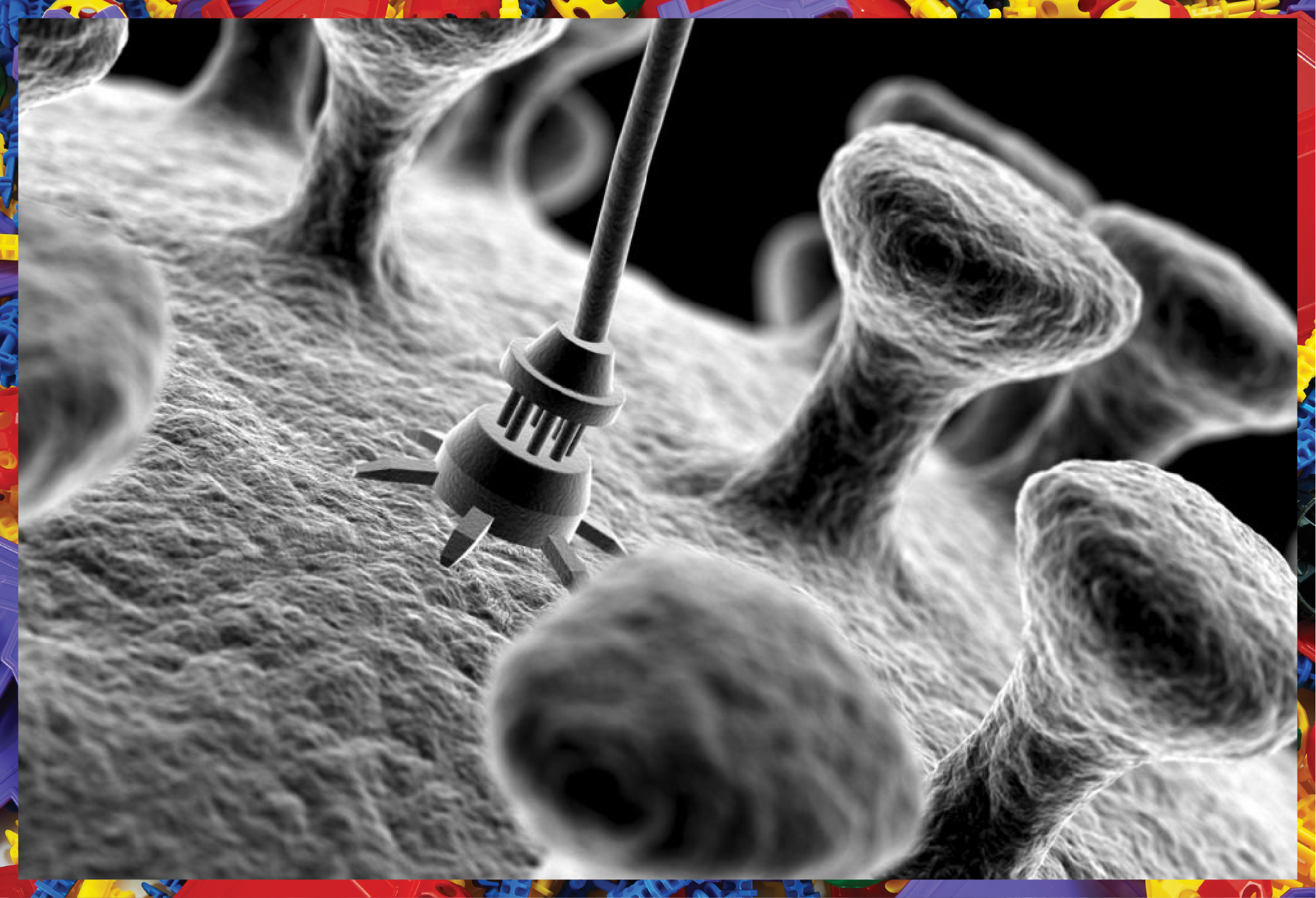
Do you know at this very moment you’re surrounded by billions of nanoparticles? You might not be aware of it, but nanotechnology has been a part of our lives for decades now. From our sunscreen and aviators to tennis rackets and electric cars, we’re always interacting with nanotech. Analysts predict that the market for nanotechnology products will increase from nearly $1.6 billion in 2017 to almost $6 billion by 2022, growing at an annual rate of 30.6%.
A nanometer is almost the size of a DNA strand, one-billionth of a meter. Nanotechnology makes use of the miniscule size of the particles to develop inexpensive, lightweight products which require less raw materials and energy sources for manufacturing. Nanotech has unbelievable potential, including making energy consumption more efficient, delivering breakthrough healthcare solutions and streamlining global sanitation. Here’s how this technology is impacting our daily lives.
SUPER-POWERED SUNSCREEN
Nanotechnology is doing wonders with cancer therapy and gene therapy but when it comes to our everyday lives, the basic sunscreen you use to avoid the UV rays in summers is a striking example. It contains zinc oxide and titanium dioxide nanoparticles with high-reflective properties to ward off harmful solar rays. This is true of regular sunblock as well, which usually consists of micro-particles suspended in the mixture. The sunscreen is infused with specially crafted nanoparticles within the lotion for health benefits during the manufacturing process.

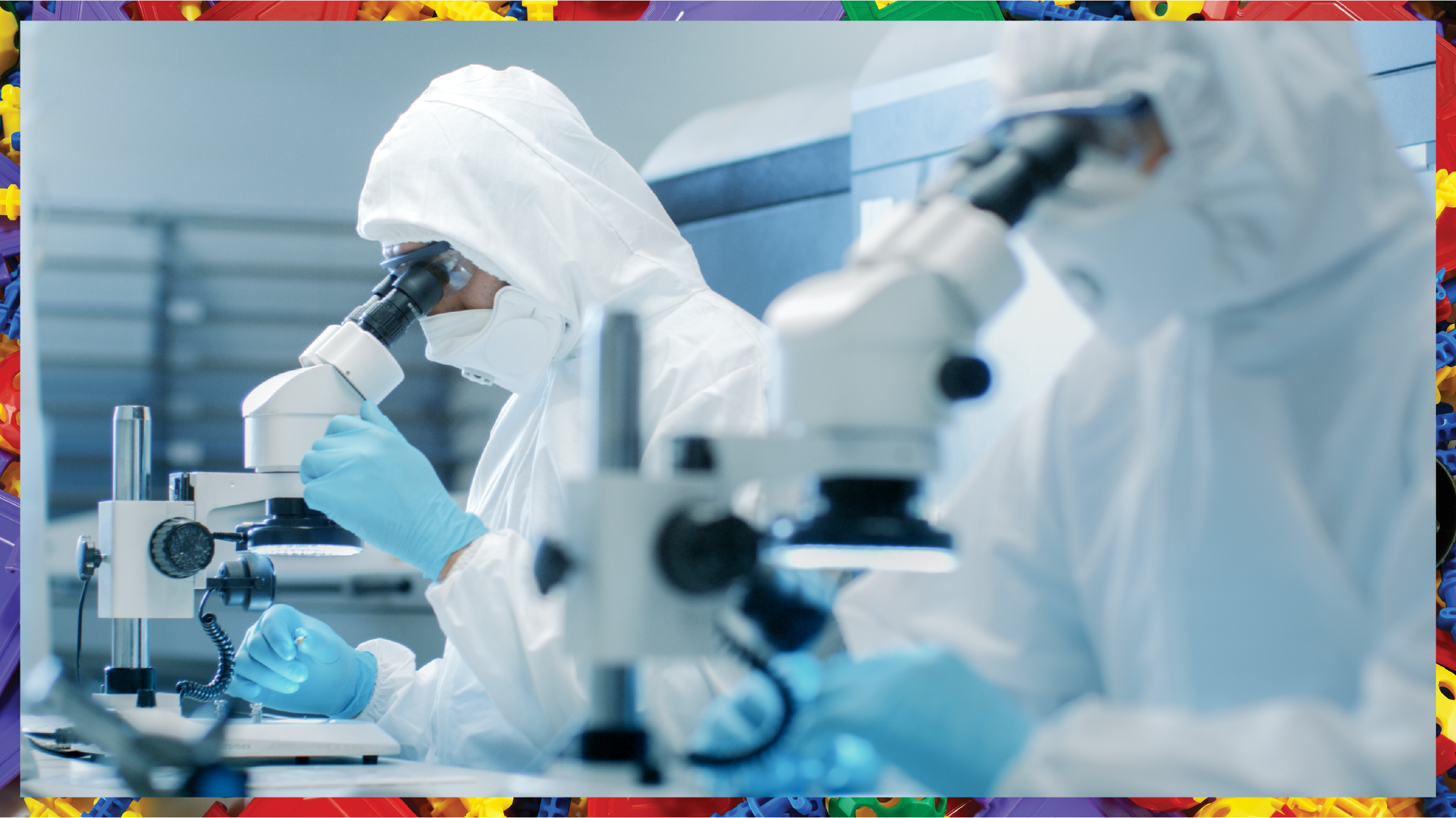
FASTER AND MORE ACCURATE MEDICAL DIAGNOSTICS
Healthcare is increasingly being impacted by nanotechnology. Lab-on-a-chip technology has made it possible to diagnose medical conditions quicker and with high precision. Since the cutting-edge technology involves real time point-of-care testing, it steps up the efficiency of medical care. Latest inventions in nanotechnology have resulted in the manufacturing of functional, robust and swift diagnostic equipment that could save lives. For example, implants with nanomaterial surfaces facilitate wear and protect from infections.
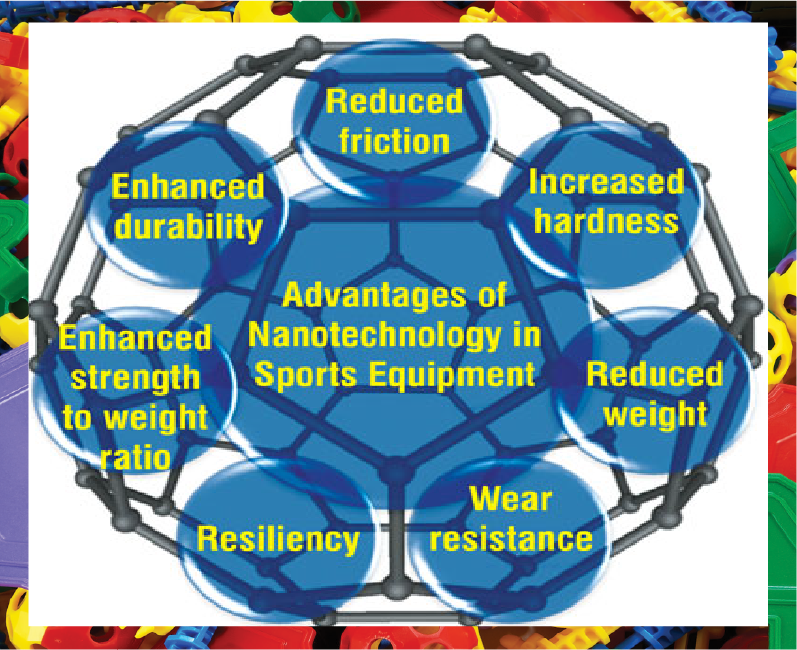
CARBON NANOTUBES
Carbon nanotubes are playing a vital role in delivering stronger, sturdier and lighter sports equipment. When carbon nanotubes are applied to the manufacturing process for a sports accessory like a squash racket, it makes the racket more durable. Therefore, it doesn’t bend a lot during play, enhancing the accuracy, force and impact of the delivery. Tennis balls enhanced with nanoparticles are springier and last longer, keep bouncing twice as long as the conventional ones.
NANOPARTICLES IN
PHARMACEUTICALS
Nanoparticles are also being used in pharmaceutical products such as medication. The use of the technology facilitates the absorption of these products by the body, delivering excellent results. It’s also being used in chemotherapy to improve the effects of the drugs to target sites like cancer cells.
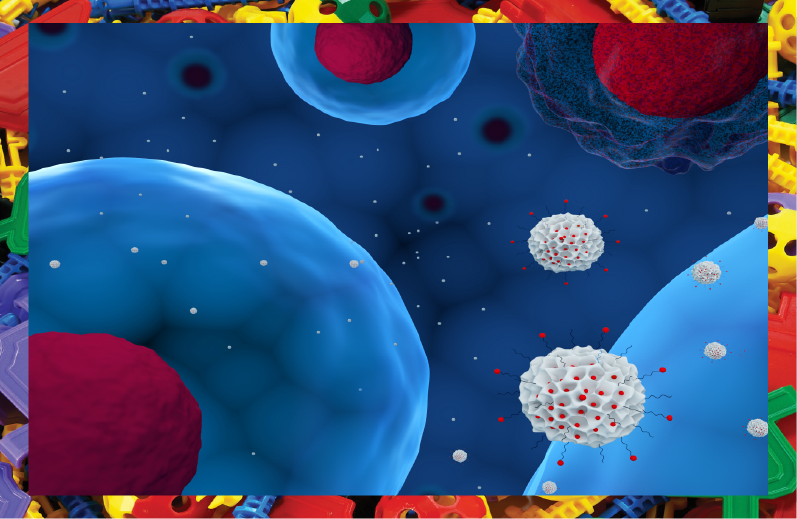
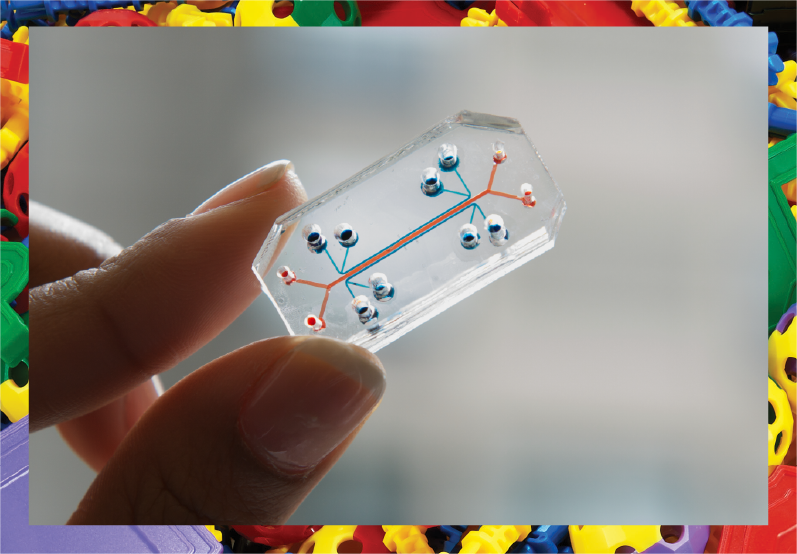
NANOSENSORS
Nanosensors such as programmed chemical sensors can be used effectively to identify and detect specific chemicals at relatively low levels. The technology enables one to spot a single molecule out of a grouping of billions. The application of nanosensors is seen in security systems at research centers, surveillance systems, airports and industrial zones. In the medical domain, nanosensors are proving useful
in precisely locating specific cell sites or substances within different parts of the human body.
NANOSENSORS
Nanosensors such as programmed chemical sensors can be used effectively to identify and detect specific chemicals at relatively low levels. The technology enables one to spot a single molecule out of a grouping of billions. The application of nanosensors is seen in security systems at research centers, surveillance systems, airports and industrial zones. In the medical domain, nanosensors are proving useful in precisely locating specific cell sites or substances within different parts of the human body.
THE FUTURE OF NANOTECH
Nanotechnology is playing a significant role in vital areas of human interest, from biotechnology and drug therapy to agriculture and even aerospace. Almost every week, scientists record a groundbreaking observation in the potential of nanoparticles. Commercial nanotech products offer a plethora of benefits to the masses through durable and self-healing construction materials, lightweight display screens, fuel efficient vehicles, clean energy production and smart food.
As Ralph Merkle, American scientist said, “Nanotechnology is an idea that most people simply didn’t believe.” Now, as we advance into an age where technology is growing by leaps and bounds, it’s impossible to imagine progress without nanotech.
References
https://www.popsci.com/science/article/2012-11/7-amazing-ways-nanotechnology-changing-world#page-2
https://www.azonano.com/article.aspx?ArticleID=1134
https://www.dummies.com/education/science/nanotechnology/the-applications-of-nanosensors/
https://www.nanowerk.com/spotlight/id30661_1.jpg
https://hightechcaller.com/wp-content/uploads/2018/03/Nano-Sensors-Sales-Market-300x171.jpg
EDUCATIONAL ROBOTS A THREAT TO STEM LEARNING

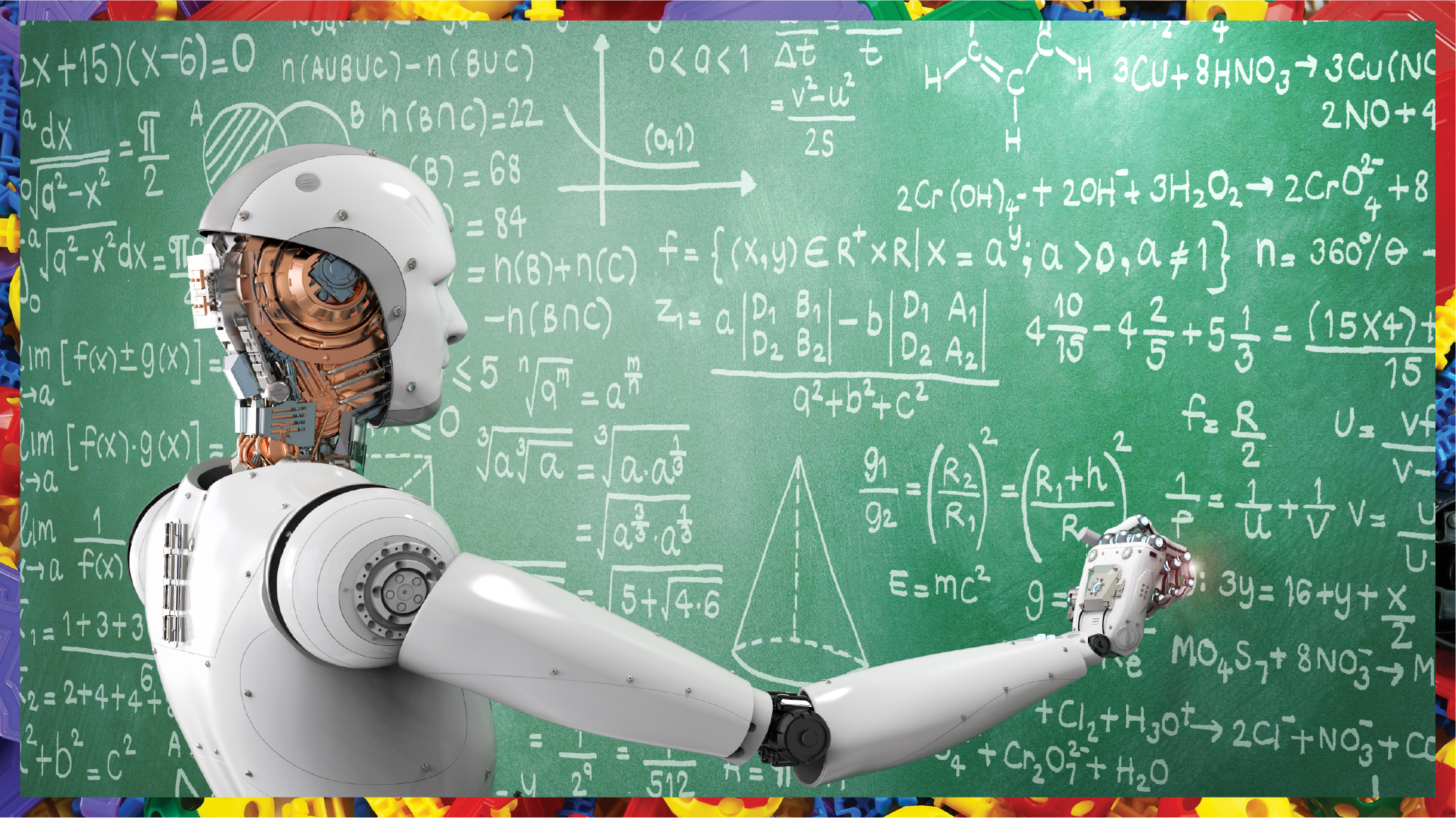
Can you imagine robots dominating our classrooms, delivering lessons and taking over the role of instructors? One of the most intriguing additions to STEM learning is the use of educational robots which are inspiring students to be creative and inquisitive about science. Over the years, STEM has gained traction owing to its critical role in nurturing students so they can make an impactful difference. The goal is to equip them with the essential problem-solving abilities and critical thinking skills required to address challenging global concerns.
The consumer robotics industry is witnessing soaring trends that are a manifestation of the most innovative and disruptive technologies in the modern age. Robots imparting vital STEM concepts have therefore become a popular and approachable means of learning.
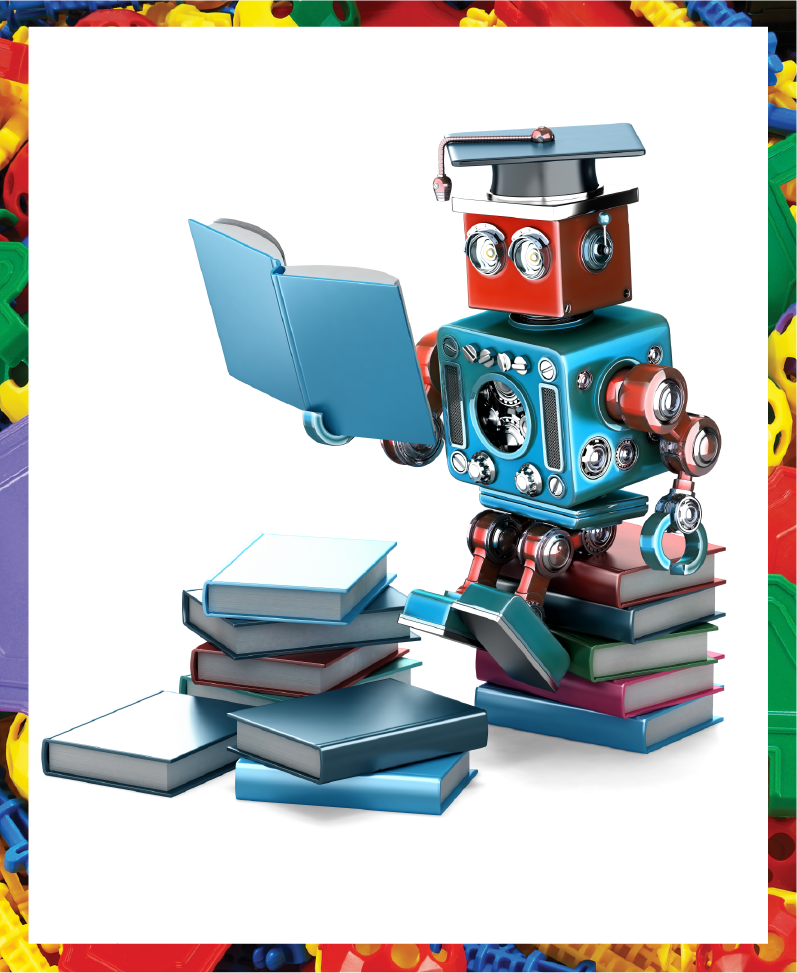
THE EMERGING ROLE OF
ROBOTS IN STEM LEARNING
The emerging trend of educational robots is apparent through the wide range of small to large scale STEM robot kits available for teaching students at the elementary, secondary and high school level. These kits have a variety of STEM features, making learning child-friendly, fun and engaging. The Cubelets, for example, teach kids to deliberate and plan logically. This kit uses constructive modules or building blocks, each an individual robot that encourages kids to explore further. The robotic set also comes with an easy yet powerful graphical interface to control and customize the robot’s behavior, teaching children programming concepts. The use of robots
for teaching students primary STEM concepts is at times debated, with some arguing over its threatening implications. However, the majority of experts agree this is a crucial learning tool with great potential for impacting wide-ranging fields like healthcare, military, disaster relief and many other industries.
THE EMERGING ROLE OF
ROBOTS IN STEM LEARNING
The emerging trend of educational robots is apparent through the wide range of small to large scale STEM robot kits available for teaching students at the elementary, secondary and high school level. These kits have a variety of STEM features, making learning child-friendly, fun and engaging. The Cubelets, for example, teach kids to deliberate and plan logically. This kit uses constructive modules or building blocks, each an individual robot that encourages kids to explore further. The robotic set also comes with an easy yet powerful graphical interface to control and customize the robot’s behavior, teaching children programming concepts. The use of robots for teaching students primary STEM concepts is at times debated, with some arguing over its threatening implications. However, the majority of experts agree this is a crucial learning tool with great potential for impacting wide-ranging fields like healthcare, military, disaster relief and many other industries.
WHY TEACH STEM AT ALL?
The MIT Media Lab has established programming as a fundamental literacy component, which means children must know how to code, design and develop digital technologies to survive in the future. The best way to hone skills needed to meet this requirement is by integrating STEM education in the curriculum at school. A considerably effective approach to building STEM skills is the
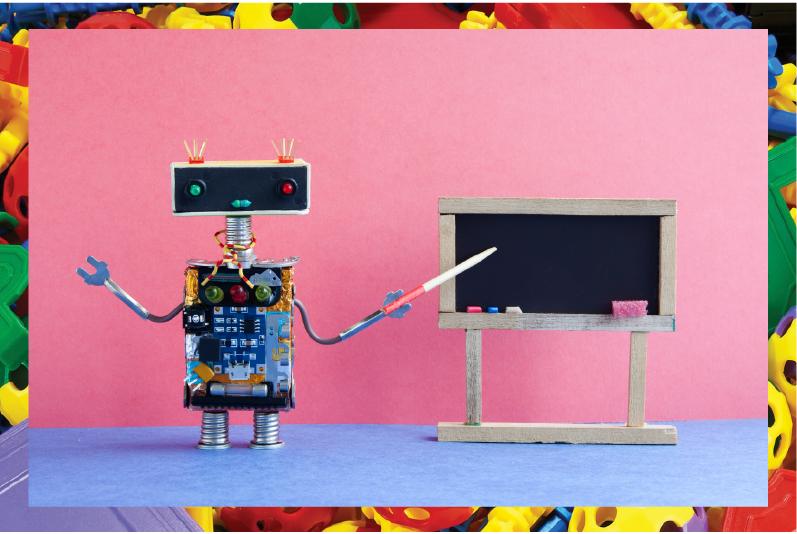
use of educational robots, which inspire students to learn coding and grasp engineering concepts. By the year 2038, 47% of the US job market will be automated, leading to a huge demand for additional STEM-based skills. Implementing this approach will allow students to expand their capabilities. That said, robotics will play a pivotal role in education as the future of STEM learning is strongly linked to the future of employment.
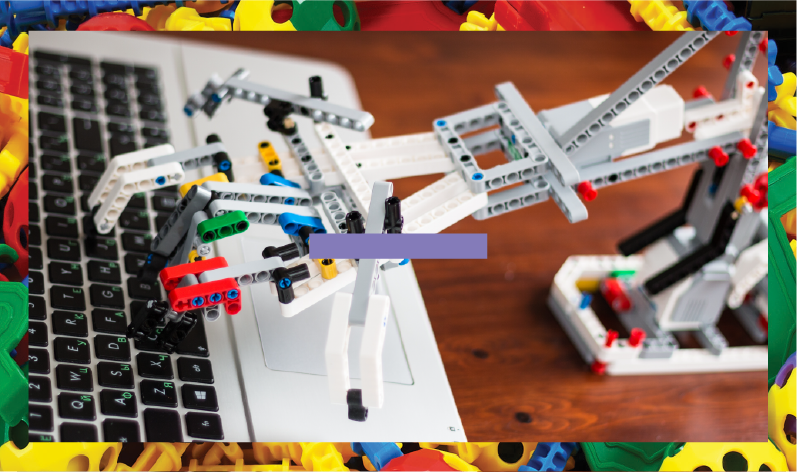
As robotics is the next step in technology, it is essential and only reasonable to encourage students to benefit from learning with robots. Getting an edge in education doesn’t mean you have to worry about the Terminator taking over classrooms, it just means we are providing this generation with the best possible tools needed to prosper.
ARTIFICIAL INTELLIGENCE, A THREAT TO ENGINEERS


Could your beloved Alexa be a threat to jobs across the US? With artificial intelligence (AI) and machine learning, will engineers soon be replaced by the machines they have helped create? AI is insinuating itself in our daily routines with inventions like smart home devices, self-driving cars and virtual personal assistants, with experts asking – what’s next?
Financial site Motley predicts the market for AI will increase from $420 million in 2014 to $5.05 billion by 2020. This is largely due to the growing adoption of engineering paradigms like natural language processing technologies and machine learning. AI is largely being used in domains like software engineering and electrical engineering with approaches like automatic programming. These project a strong link between the two fields.
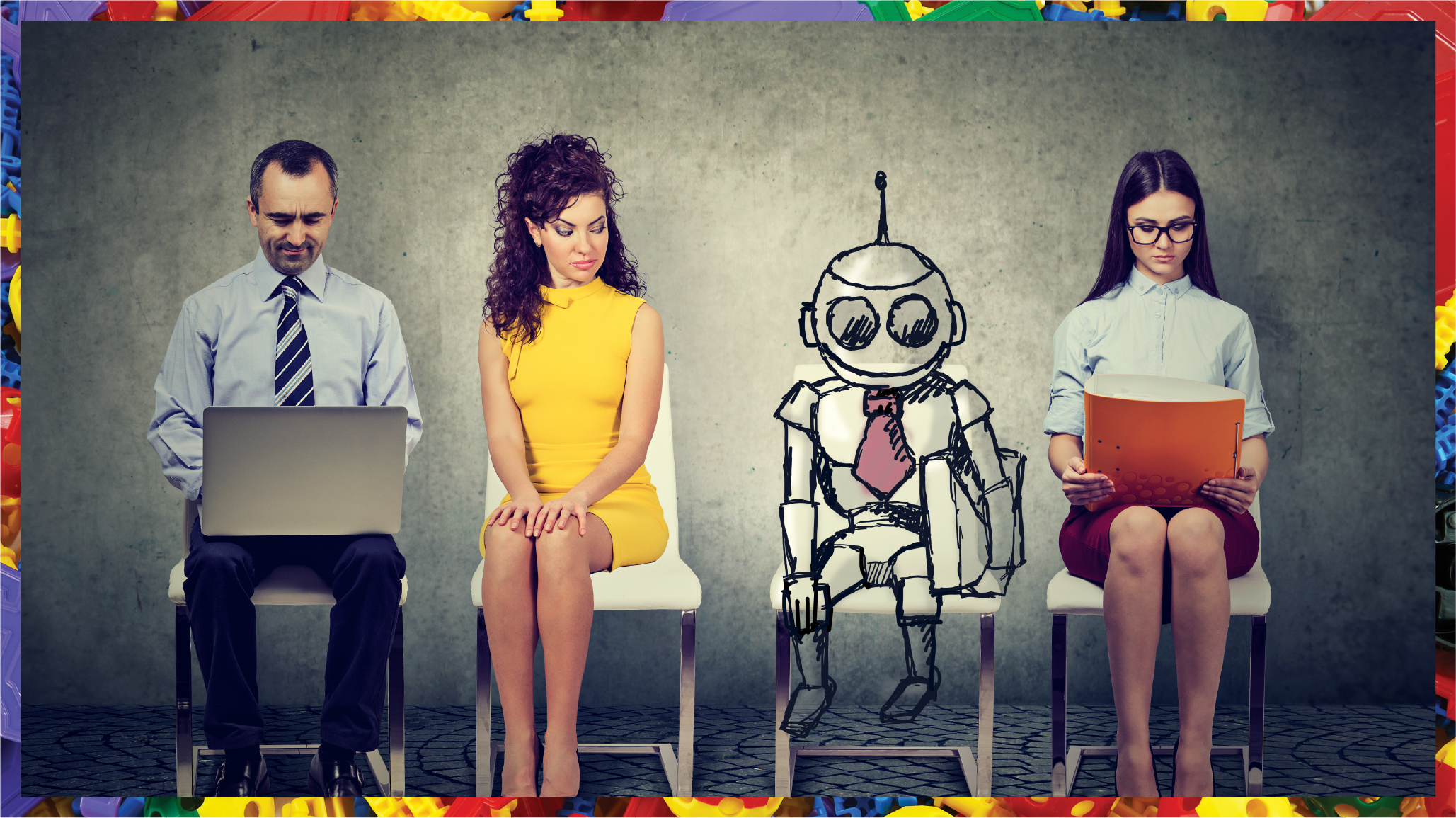
ENGINEERING WITH ARTIFICIAL INTELLIGENCE
In light of the recent advances in AI, engineers fear the replacement of their job roles by artificially intelligent robots. A research by Oxford University shows almost 50% of US jobs will be automated by 2028. However, another study by Stanford University reveals the growing trend of AI and engineering to drive innovation is not threatening to engineers. A productive relationship between AI and engineering can result in socially useful applications and discoveries.
With rapid changes in technology, there will be a high demand for specialists in the engineering domain for R&D and testing of AI systems. The breakthroughs in AI will help create new opportunities requiring engineers to showcase their ideas and talent. While routine tasks may be replaced by machines, the future holds enormous capacity for engineers across all disciplines to continue doing brilliant work in the realm of AI.
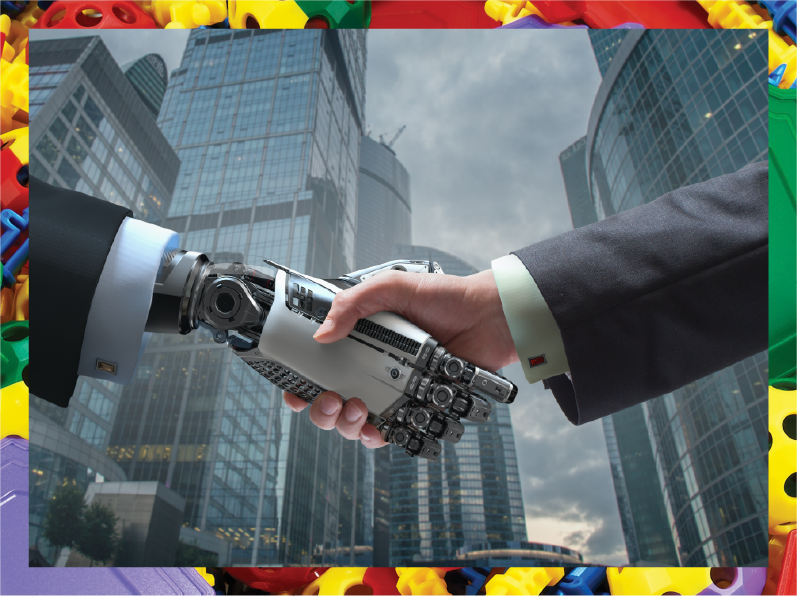
AI is being used by engineers to create innovative technologies to benefit communities across the globe. The technology’s impact will be eminent in food production where challenges like the unavailability of natural resources and lack of agricultural productivity can be solved by real-time data analytics. For example, the Farmlogs helps agriculturists manage and monitor cultivation.
A Swiss company Iprova is using AI infused with
engineering to link personal healthcare with autonomous driving. Using sensors in self-driving cars, the engineers at the firm were able to build mechanisms for health checks like passenger balance and regulating the body’s response to various stimuli.
AI is being used by engineers to create innovative technologies to benefit communities across the globe. The technology’s impact will be eminent in food production where challenges like the unavailability of natural resources and lack of agricultural productivity can be solved by real-time data analytics. For example, the Farmlogs helps agriculturists manage and monitor cultivation.
A Swiss company Iprova is using AI infused with engineering to link personal healthcare with autonomous driving. Using sensors in self-driving cars, the engineers at the firm were able to build mechanisms for health checks like passenger balance and regulating the body’s response to various stimuli.
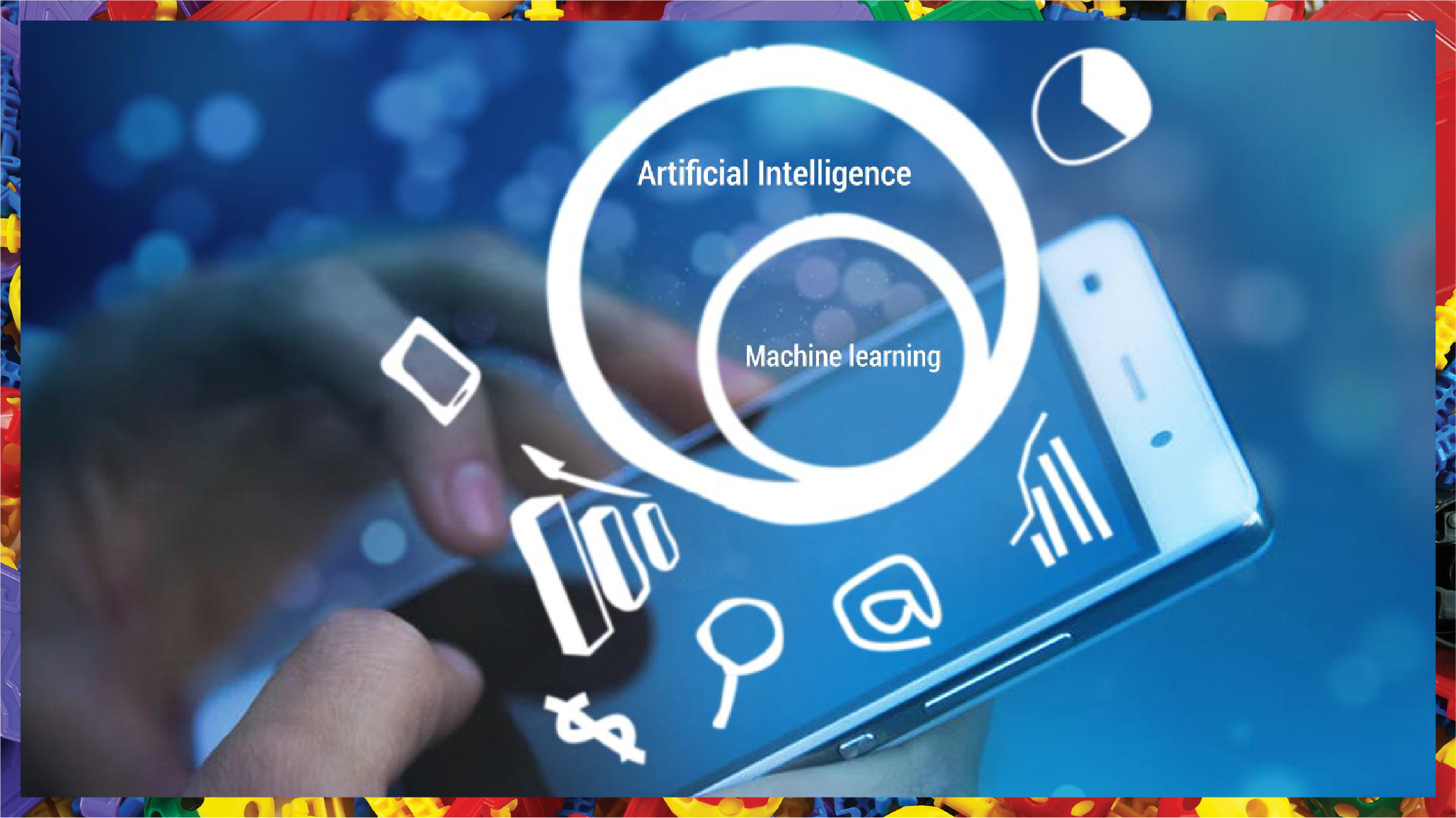
FUTURE POSSIBILITIES
AI and engineering are seen in applications like Google’s AI-powered predictions, ridesharing apps like Uber and Lyft, AI auto flights and robo-readers. The future looks bright with the expected growth of innovations like self-assessing traffic lights, automated email reply solutions like Allo, smart homes and smart bridges, all of which are the result of engineers collaborating with their so-called enemy, artificial intelligence.
As IBM CEO Ginny Rometti said, “Some people call this artificial intelligence, but the reality is this technology will enhance us. So instead of artificial intelligence, I think we’ll augment our intelligence.” As AI continues to become a significant part of our lives, engineers will keep contributing to the future and growth of this technology. With humans and machines working together for a better future, we probably don’t have to live in fear of Alexa turning into a science fiction nightmare overnight.
References
https://www.fool.com/investing/2016/06/19/10-stats-about-artificial-intelligence-that-will-b.aspx
https://www.techemergence.com/everyday-examples-of-ai/
https://todayinsci.com/QuotationsCategories/S_Cat/ScienceAndEngineering-Quotations.htm
https://iq.intel.com/artificial-intelligence-is-good-for-society/
https://www.cnet.com/how-to/amazon-echo-the-complete-list-of-alexa-commands/
https://www.fool.com/investing/2016/06/19/10-stats-about-artificial-intelligence-that-will-b.aspx
https://www.techemergence.com/everyday-examples-of-ai/
https://iconnectengineers.com/blog/impact-artificial-intelligence-engineering-profession/
https://www.imeche.org/news/news-article/how-ai-is-helping-engineers-invent-new-ideas
https://www.techemergence.com/everyday-examples-of-ai/
http://buildipedia.com/aec-pros/public-infrastructure/innovative-infrastructure-smart-bridges
https://www.xchange.ec/blog/2018/01/30/10-tecnologias-que-van-a-definir-el-2018/
http://www.gc-solutions.net/images/article/artificial-intelligence.jpg







